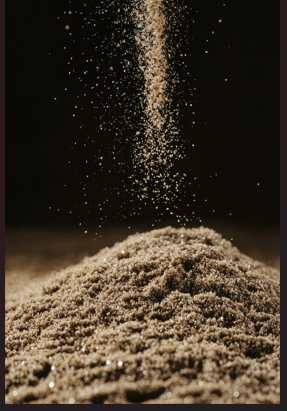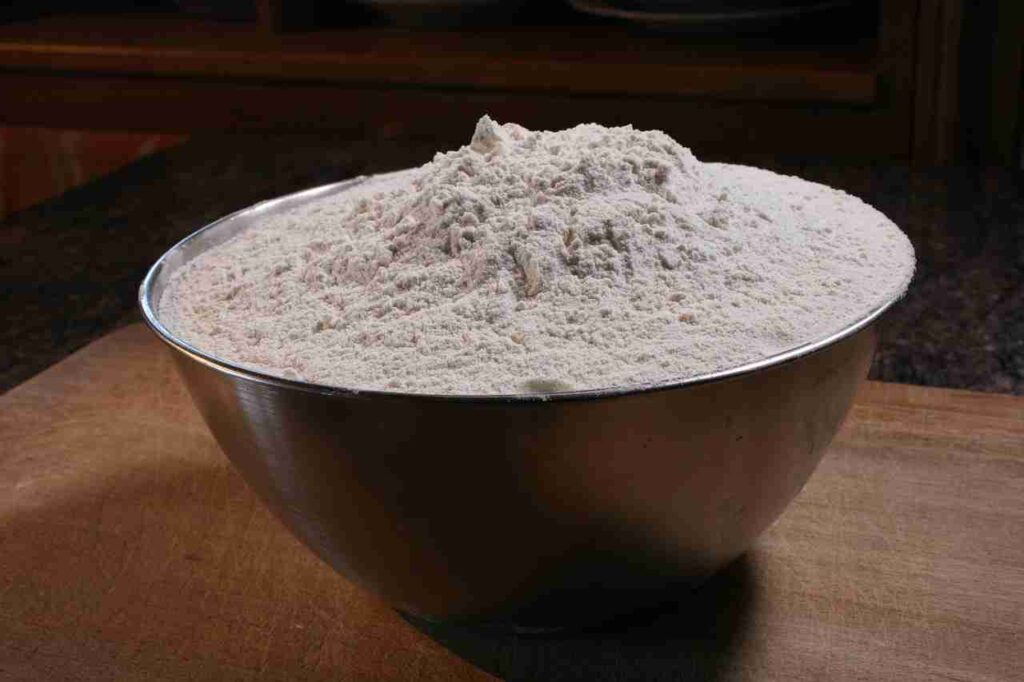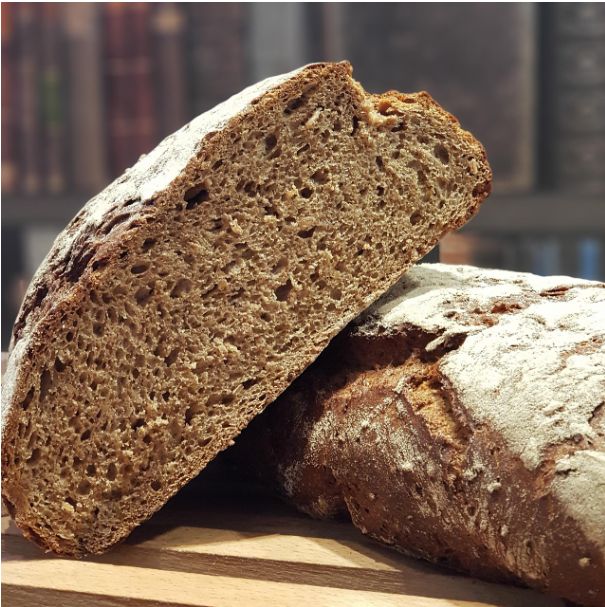
The first time when I was young i held a warm loaf of sourdough rye bread recipe and i was surprised and curious about this bread. I knew it; it wasn’t just food. It feels like it is a piece of history in my hand. The smell was earthy and sour. The crust crackled as I cut into it. The inside of the rye bread was moist and full of tiny holes; moreover, it looked amazing.
The bread is different from soft wheat bread. There are many key differences. This rye bread is heavier, chewier, and packed with flavor. During the fermentation, it developed flavor and built structure. You may be wondering why this cooking process requires more time than usual. The answer is the fermentation process. For the perfect fermentation, it may require a day or even several days.
How fermentation process worked
The fermentation process begins just right after the combination of sourdough starter, water, flour, and oil. After mixing flour that captures yeast and natural bacteria from the starter . The starter contains naturally occurring yeast and bacteria, which help to raise the dough. This mixer started fermenting over time and creating a natural leaven. The fermentation process can be done two ways.
1. keep the starter in the usual room temperature.
2. or keep in the cold storage
The warm fermentation method is usually faster than the cooling process. You can keep the starter in the room, which has 25 to 32°. In this process, yeast activity occurs faster than the cooling method.
Don’t overthink; you can do this process—just keep the starter in the room.
Let’s Know about Rye sourdough origin
Dark rye sourdough bread had an interesting event in its history. In the past, wheat was the favorite crop in the warm continents. But, in the colder lands like Russia, Germany, Poland, and Scandinavia, where wheat didn’t grow well due to the extreme cold temperature. On the other hand, Rye did a good job.
Day by day it became the bread of survival. The family of different regions, especially cold countries, baked dark and soured loaves to survive the long winters. In Russia, people said bread is the head of everything. On the other hand, in Germany this rye bread became a symbol of tradition. later on, this recipe spread on the different continent’s
Sample 24 hour baking schedule (Sourdough dark rye bread recipe)
1. Day 1: morning(9:00): Frist mix the dough(5-10 minutes)
2. Day 1: Late morning(10:30-11:00) Then, end of the first stage, perform the first folds.
3.Day 1: Afternoon evening: After that, continue gentle folds every 2-3 hours
4. Day2: Morning( around 9:00): Finally, pan the dough, complete the final proof, bake for 60-70 minutes, and let it cool before slicing.
I added different types of the ingredients for your help. Like, if you don’t have any ingredients you can easily get it just click on product name or by clicking on the product picture
Types of Ingredients you need while making recipe for sourdough rye bread
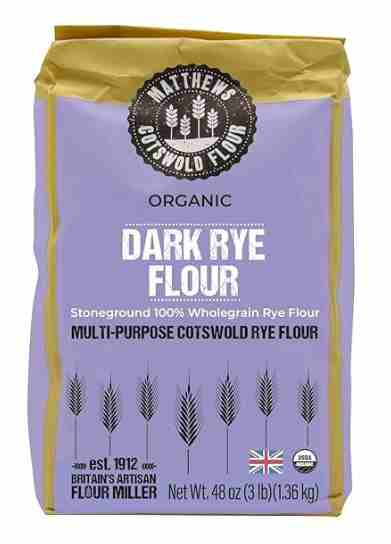
Rye flour is made by grinding the rye grain.It has been used for
centuries in EEuropean baking, especially in Germany, Russia,
and Scandinavia, where rye bread is a staple.Compared to
wheat flour, rye flour gives bread a darker color, stronger aroma,
and a distinct earthy, slightly tangy flavor.
Benefits of Baking with Rye Flour .
1.Great Flavor: Gives bread a rich, earthy taste.
2.More Nutrients: Higher in fiber, magnesium, and iron than wheat flour.
3.Keeps You Full: The fiber helps you stay satisfied longer.
4.Good for Digestion: Supports a healthy gut.
5.Stays Fresh Longer: Rye bread doesn’t dry out as quickly as white bread.
Bread flour
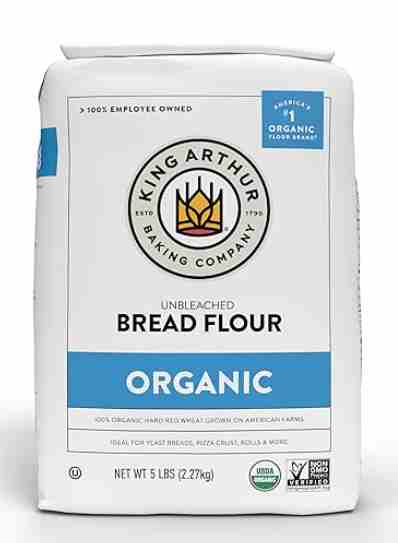
Bread flour is a type of wheat flour that has a higher protein content (usually 12–14%) compared to all-purpose flour. This extra protein helps form more gluten, which gives bread dough its strength, structure, and chewy texture
Why we use bread flour
More Gluten: Creates better structure and chewiness.
Stronger Rise: Helps dough trap air bubbles during fermentation.
Better Texture: Produces a light, airy crumb and crisp crust.
Reliable for Yeast Breads: Perfect for sourdough, rye blends, and enriched breads.
Caraway seeds
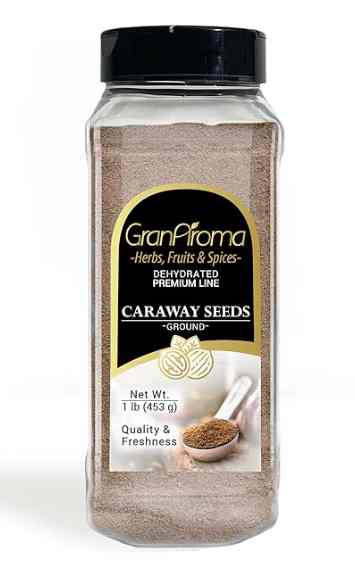
Caraway seeds come from the caraway plant, which is part of the carrot family. They look like tiny, curved brown seeds and have been used in cooking and baking for centuries, especially in European and Middle Eastern cuisines.
Why we use it
Flavor: Caraway has a warm, earthy, slightly sweet taste with hints of licorice and pepper.
In Bread: It’s a classic ingredient in rye bread, giving it that distinct deli-style flavor.
Other Uses: Often added to sauerkraut, soups, stews, sausages, and even cheeses for extra depth.
Molasses| Which bring flavor in dark rye bread mix
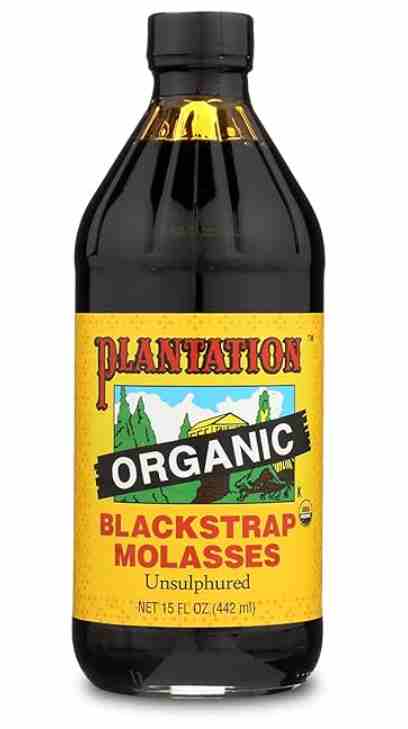
Molasses is a thick, dark syrup that comes from the process of refining sugar cane or sugar beets. After sugar crystals are removed, the leftover liquid is molasses. It has been used in baking for centuries and is especially popular in gingerbread, cookies, and rye bread.
Flavor: Deep, rich, and slightly bittersweet with caramel notes.In Bread: Adds color, moisture, and a classic deli-style rye taste.
Other Uses: Common in marinades, barbecue sauces, baked beans, and desserts.
Sourdough Starter | rye bread sourdough recipe)
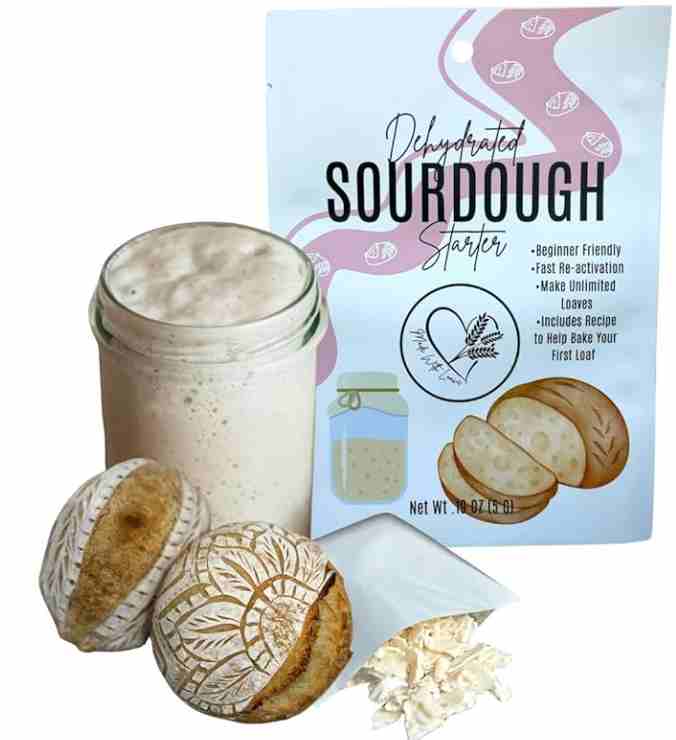
Sourdough starter is a natural leavening agent made by fermenting flour and water. Over time, wild yeast and beneficial bacteria grow inside the mixture. These living cultures make dough rise and give sourdough bread its tangy flavor, chewy texture, and longer shelf life.
How It Works
Wild Yeast: Helps the dough rise without commercial yeast.,
Lactic Acid Bacteria: Creates the sour flavor and makes bread easier to digest.
Fermentation: Strengthens gluten, develops flavor, and improves nutrition.
How to make Sourdough Rye bread Recipe
Making sourdough rye bread actually a time consuming process. It not just cooking it’s also an experience. It take time and patience while cooking and for perfect fermentation.
Step 1: Mix the dough (5-10 minutes) leaven
The process of making rye loaf begins with making the leaven. First of all, you need a large mixing bowl for proper mixing so that ingredients do not fall out. Combine your dry ingredients:400 grams bread flour, 200 grams dark rye flour, 3 teaspoons salt (as you need), and 2 tablespoons caraway seeds, which are optional. Next, add the wet ingredients:3 tablespoons of oil, 2 tablespoons of molasses, 1 tablespoon of unfed sourdough starter, and 2 cups of water (room temperature). Then, mix all the ingredients until no dry flour remains. Here, I use two types of flour, which help to get a more airy and chewy crumb mix.
At this stage, the dough will look sticky and shaggy, which is completely normal for the rye, unlike the wheat dough, which requires a fluffy mix. Moreover, there is no need for a kneading process in this case; hydration and time schedule are more important.
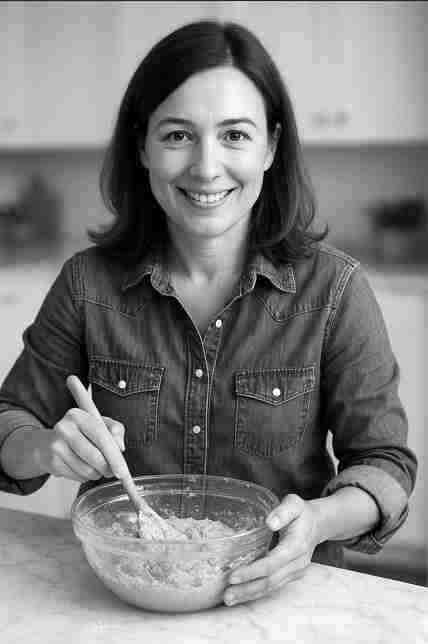
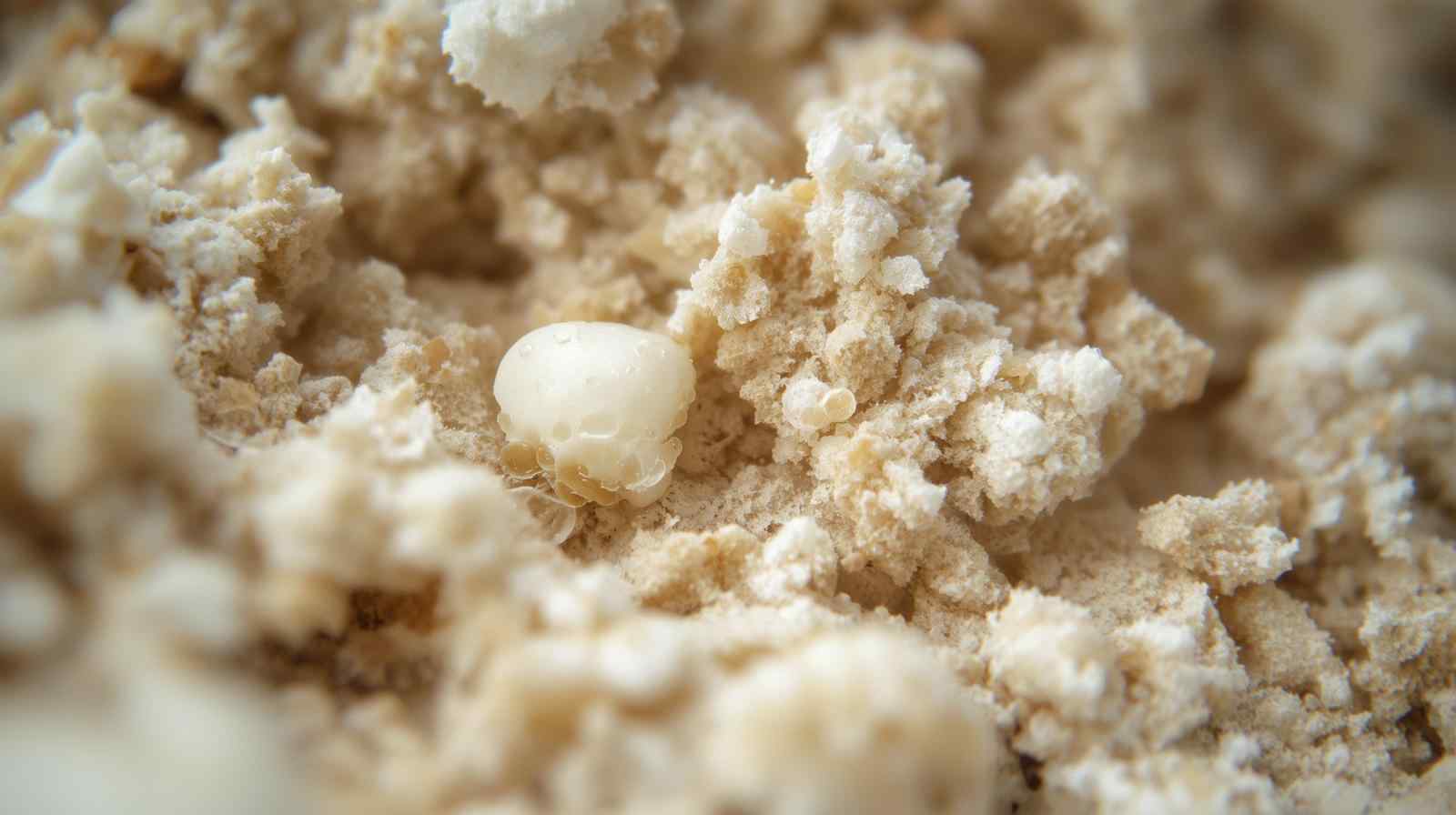
Step 2: Bulk Fermentation with Gentle folds and Stretch
Rest and Hydrate (1–2 Hours)
After mixing, cover the bowl and let the dough rest at room temperature for 1–2 hours. During this stage, the flour continues to absorb moisture, and the dough begins to relax. As a result, gluten starts developing gently withouIt effort, and you don’t need to do complicated folding.
After resting 1-2 hours, first set a gentle fold and stretch every 2 or 3 hours over the course of fermentation process. Mix the leaven with your wet hand until it becomes shaggy bread. You have to fold and stretch the leaven 4 or 5 times until it makes its final shape. It allows air bubbles and yeast to develop the gluten structure. In the beginning of the fold and stretch process, the dough feels flexible and soft. But, after the set of 2 or 3 fold and stretch work, it mix became tight and strong.
How to do a perfect fold and stretch:
To do this, wet your hand, lift one side of the dough, fold it over itself, rotate the bowl, and repeat 5-6 times. After each fold, ensure you cover the bowl again.
Now, it is time for the long fermentation. Over the next 20-22 hours, keep the dough at room temperature. Meanwhile, be sure to perform gentle folds every 2 or 3 hours, as I mentioned before. Because of this slow process, the dough gradually develops deep flavor and natural structure. Therefore, you can enjoy the benefits of a no-knead sourdough rye bread without advanced techniques.
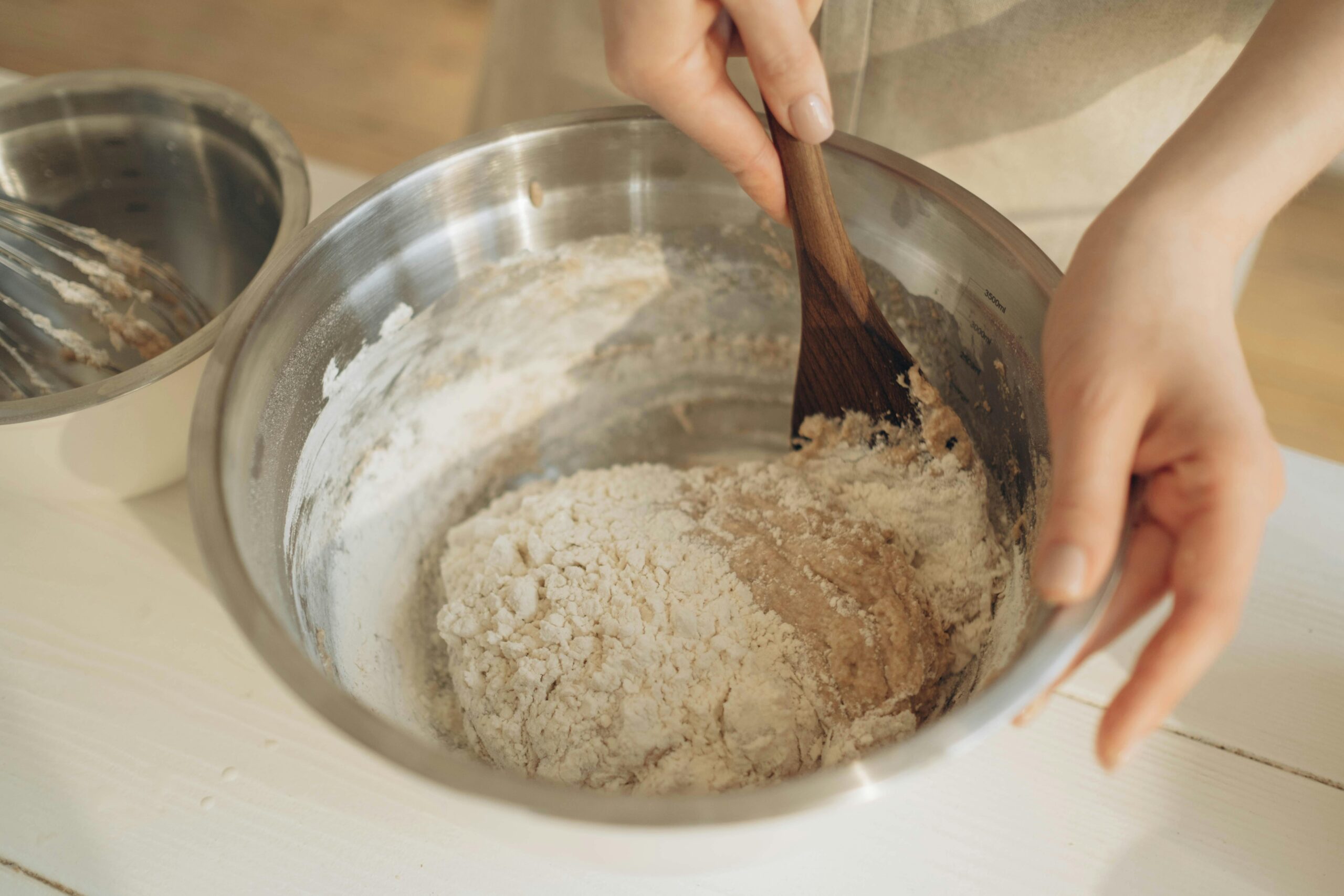
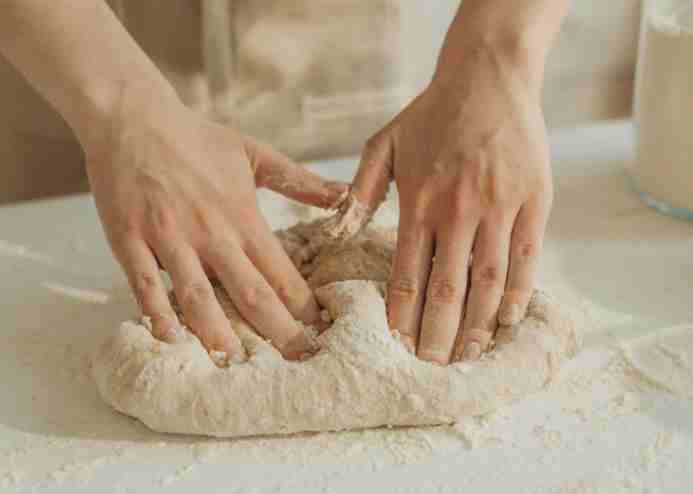
Step 3: Pan, shape and final proof
After the 24 hours of fermentation, take the dough and put it in the pan or whatever you want to put the dough in for baking. I use a pan. Before I placed the dough in the pan, I added a light grease inside the pan, which helped to take out the rye bread from the pan. Then, gently ease the dough into the pan with minimal handling so that air bubbles remain intact. Let the dough rise in the same pan you’ll bake it in. Rye dough doesn’t rise as much as wheat dough, but it should look a bit puffier and feel slightly airy when it’s ready.
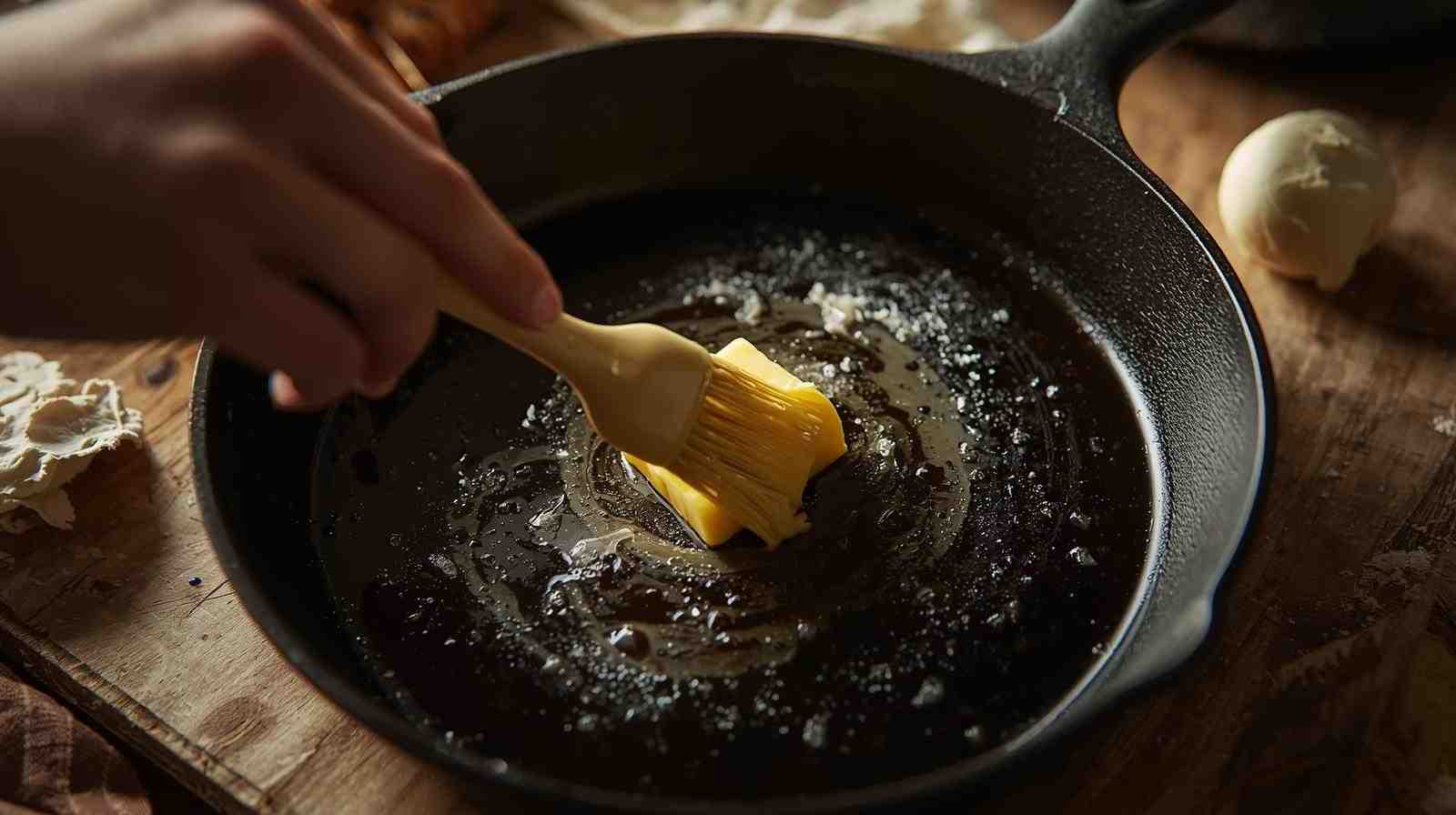
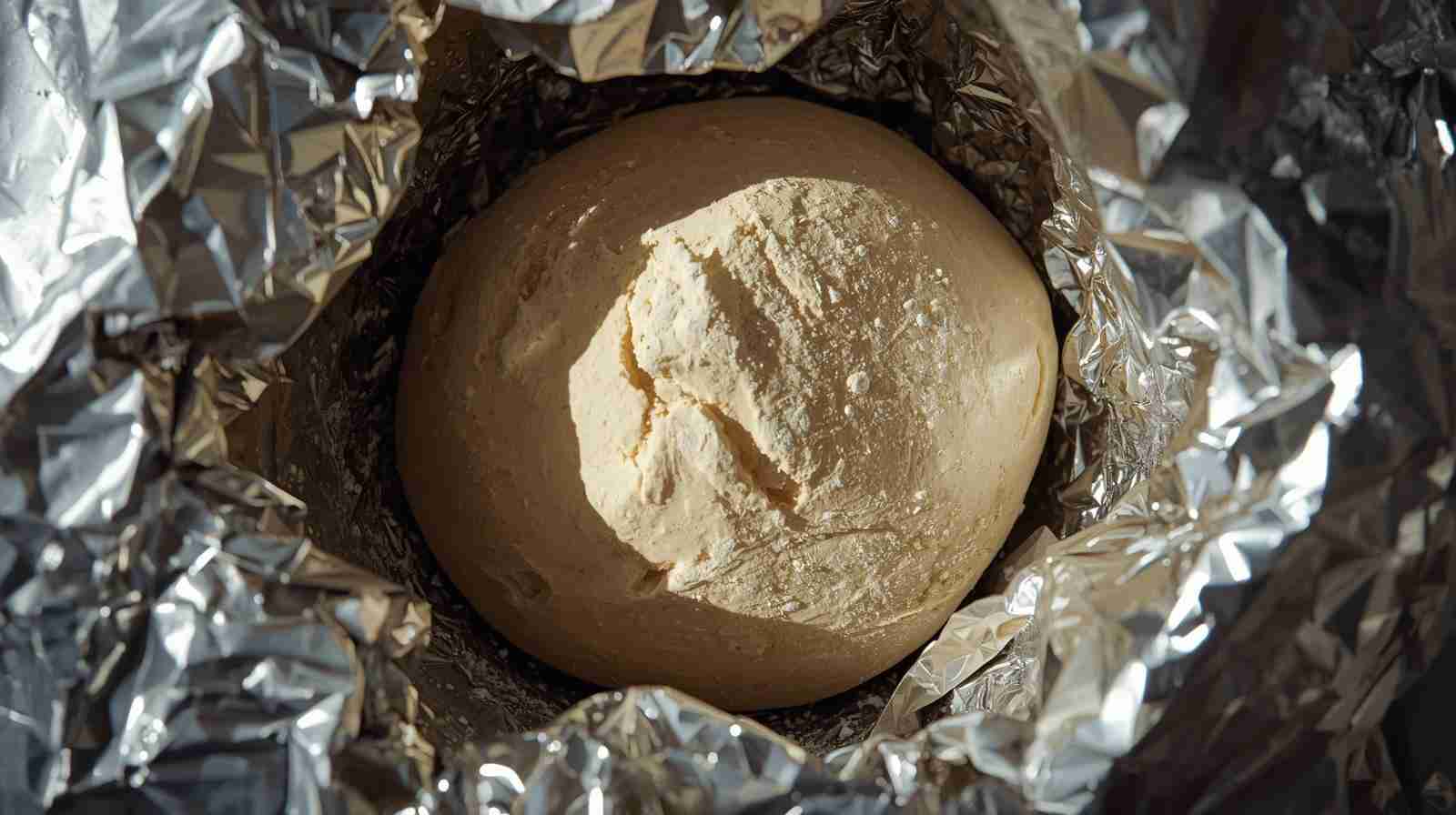
Step 4: Bake with steam for 60-70 minutes.
Preheat your oven to 220-230º (425-450º F). It is good to trap steam in the beginning. To trap the steam, I use foil paper and cover the pan with foil. Bake the bread for 20 minutes with the cover on. This step helps to raise the dough. Then, take off the cover and bake for another 40-50 minutes, until the crust is dark brown and the loaf sounds hollow when you tap the bottom. The overall baking process took 1 hour.
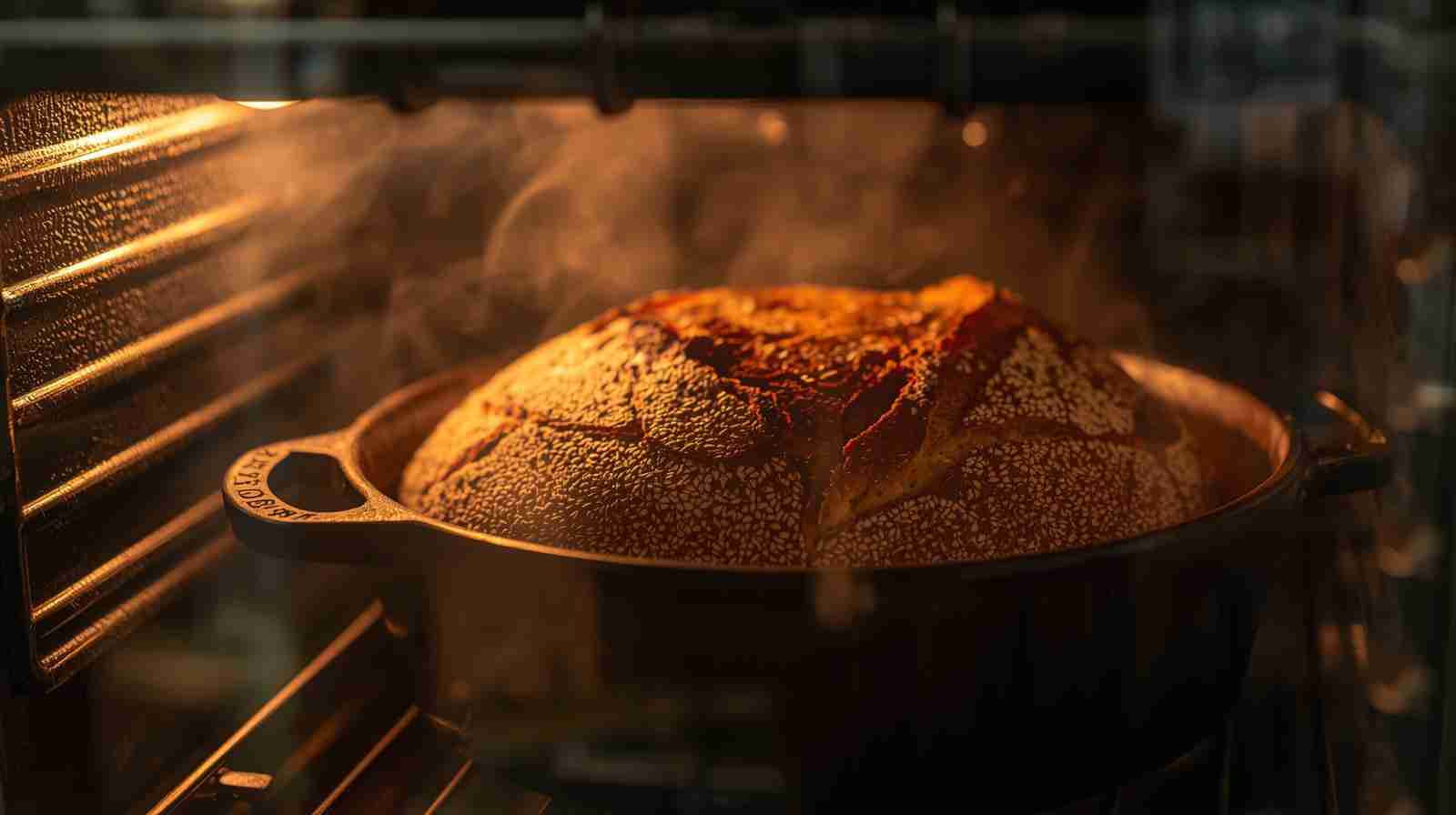
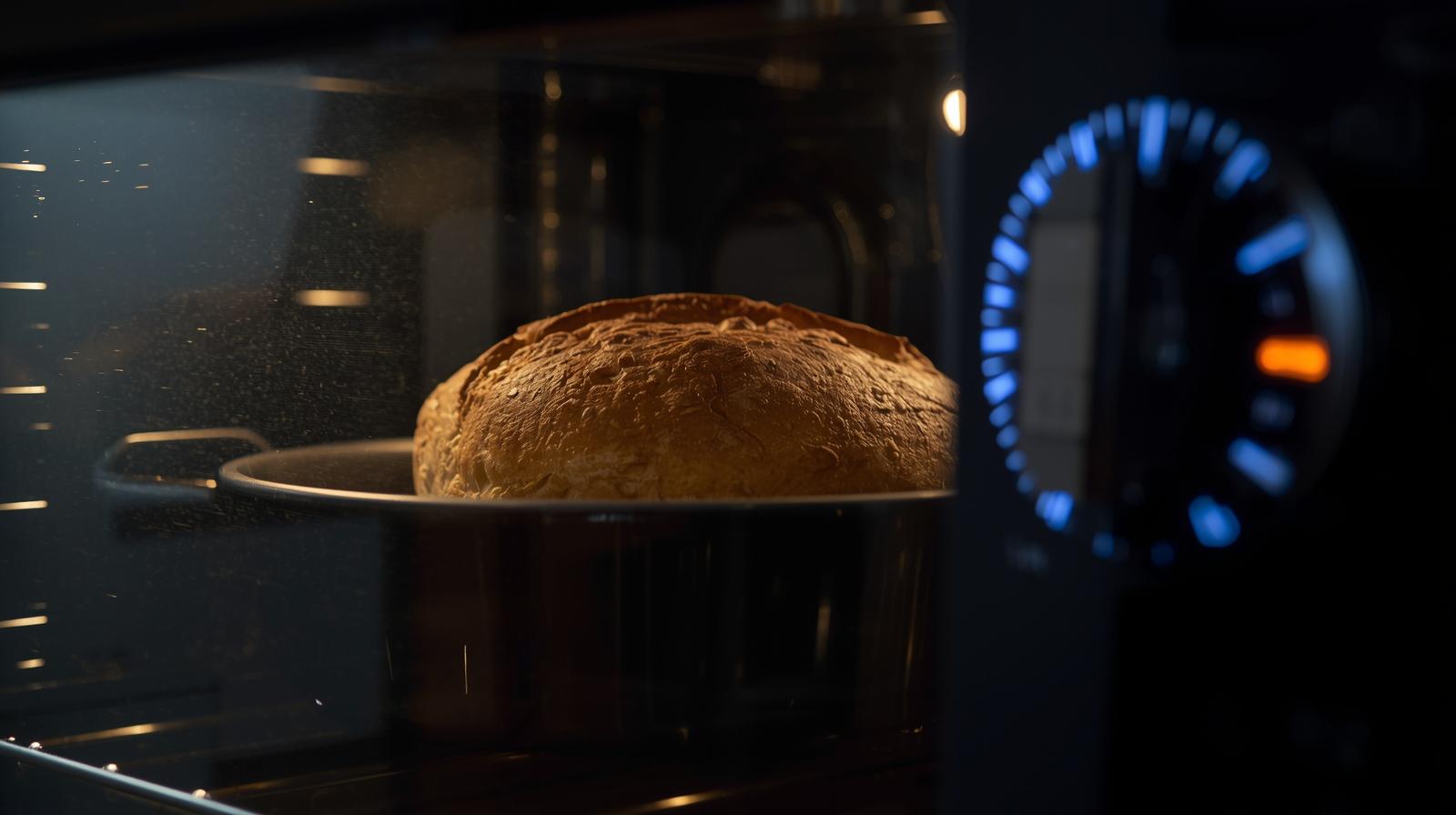
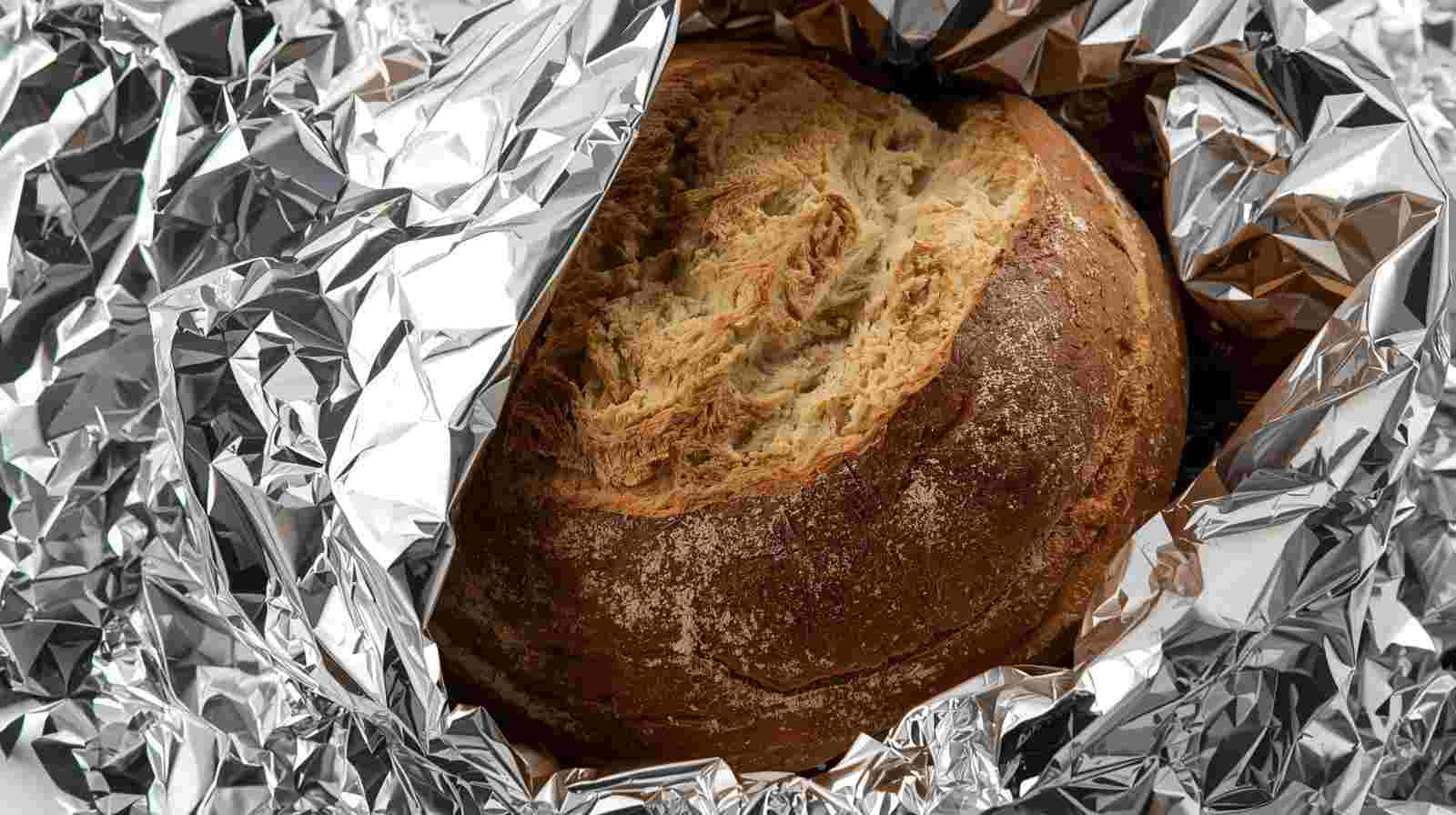
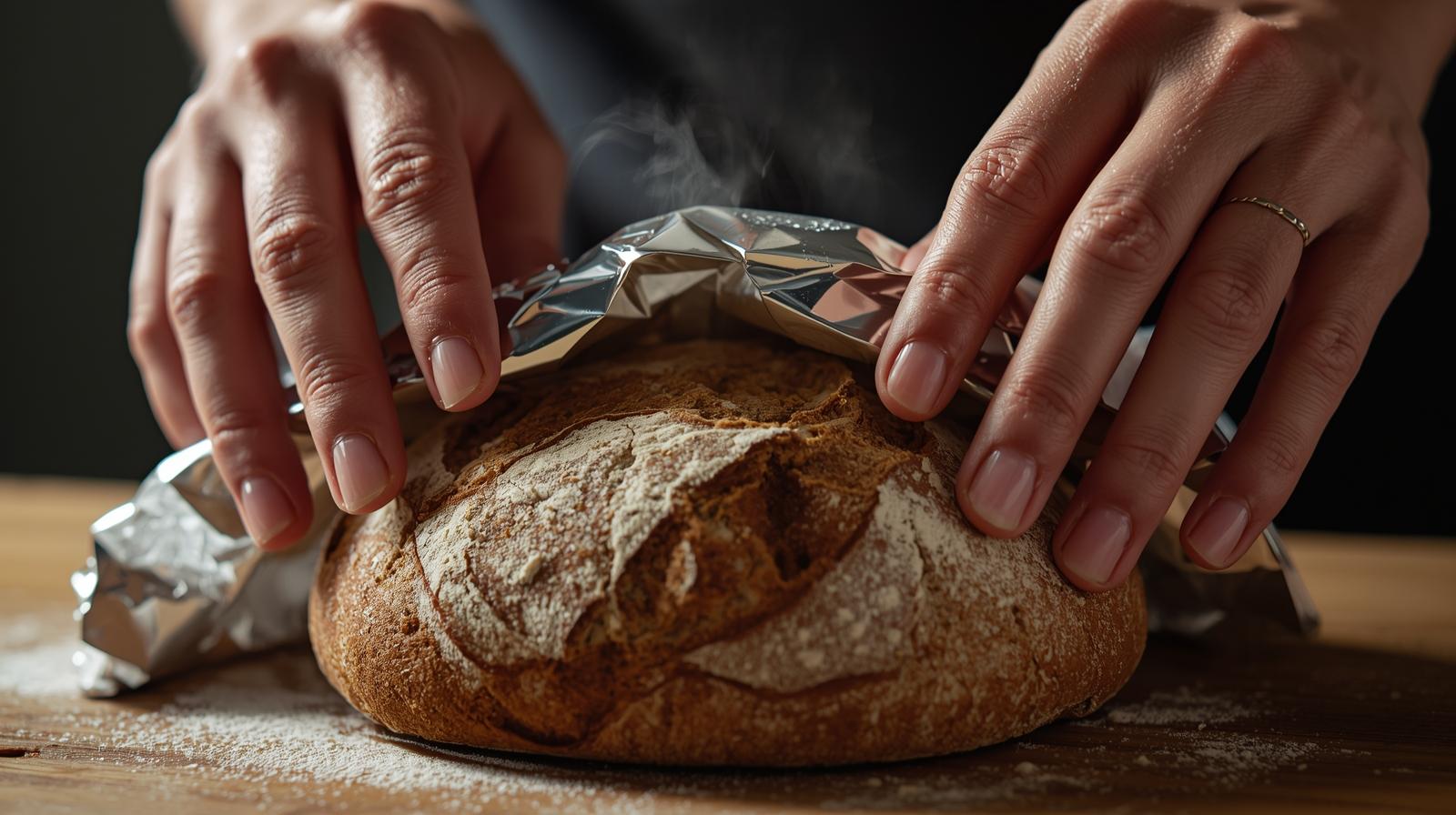
Step 5: Cool completely before slicing baked loaf
Finally, remove the bread from the pan and transfer it to a wire rack. Most importantly, cool the bread for at least 1 hour before slicing it. Since rye benefits from a complete period, this step helps the crumb set properly and allows the flavors to deepen beautifully.
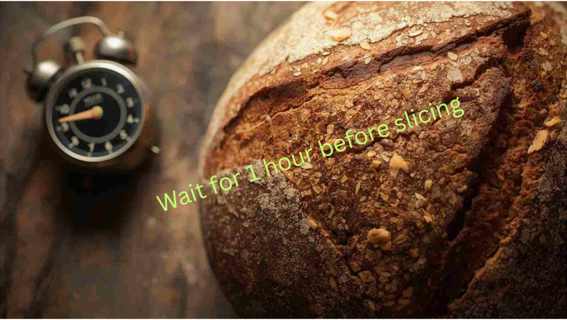
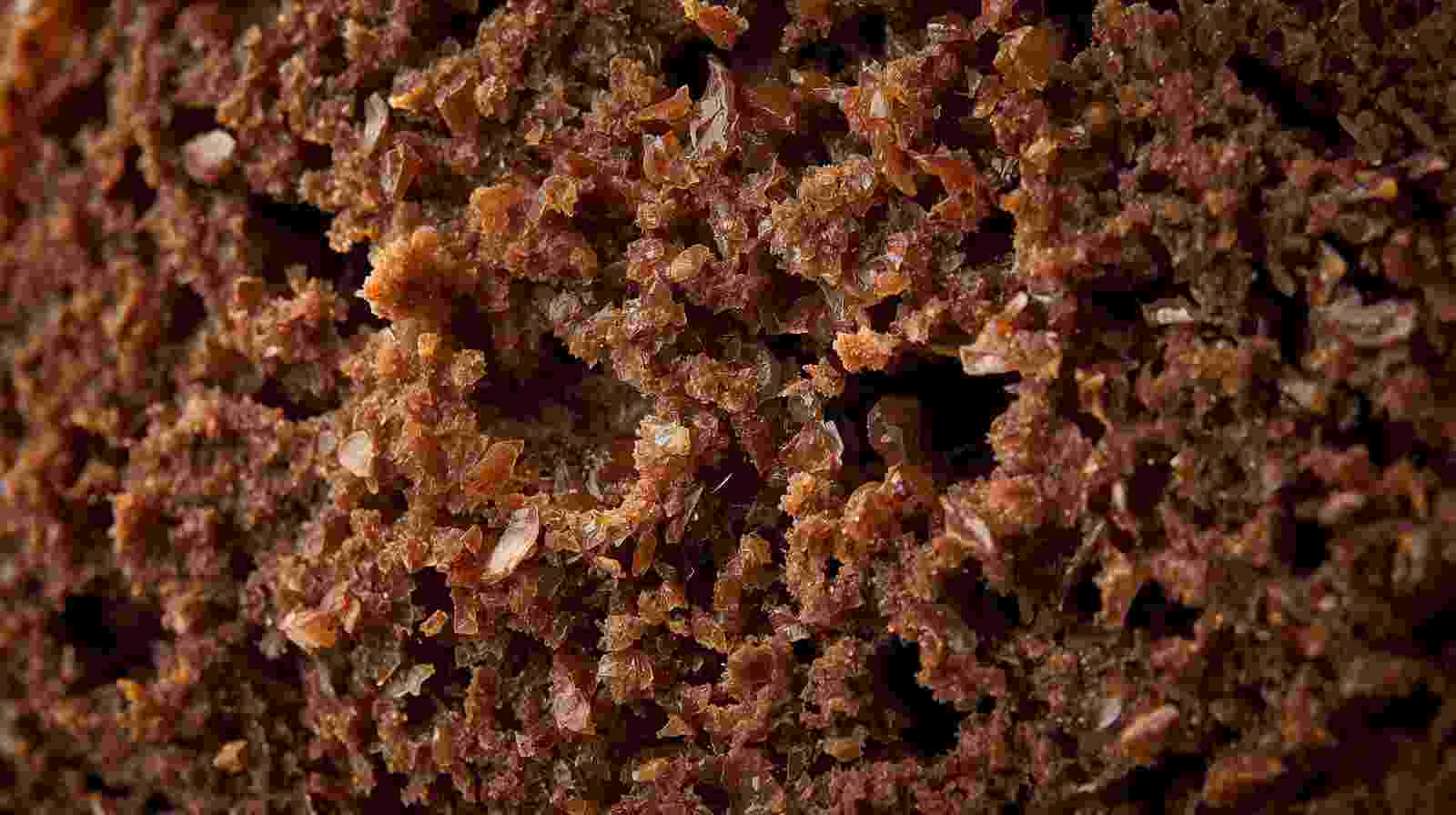
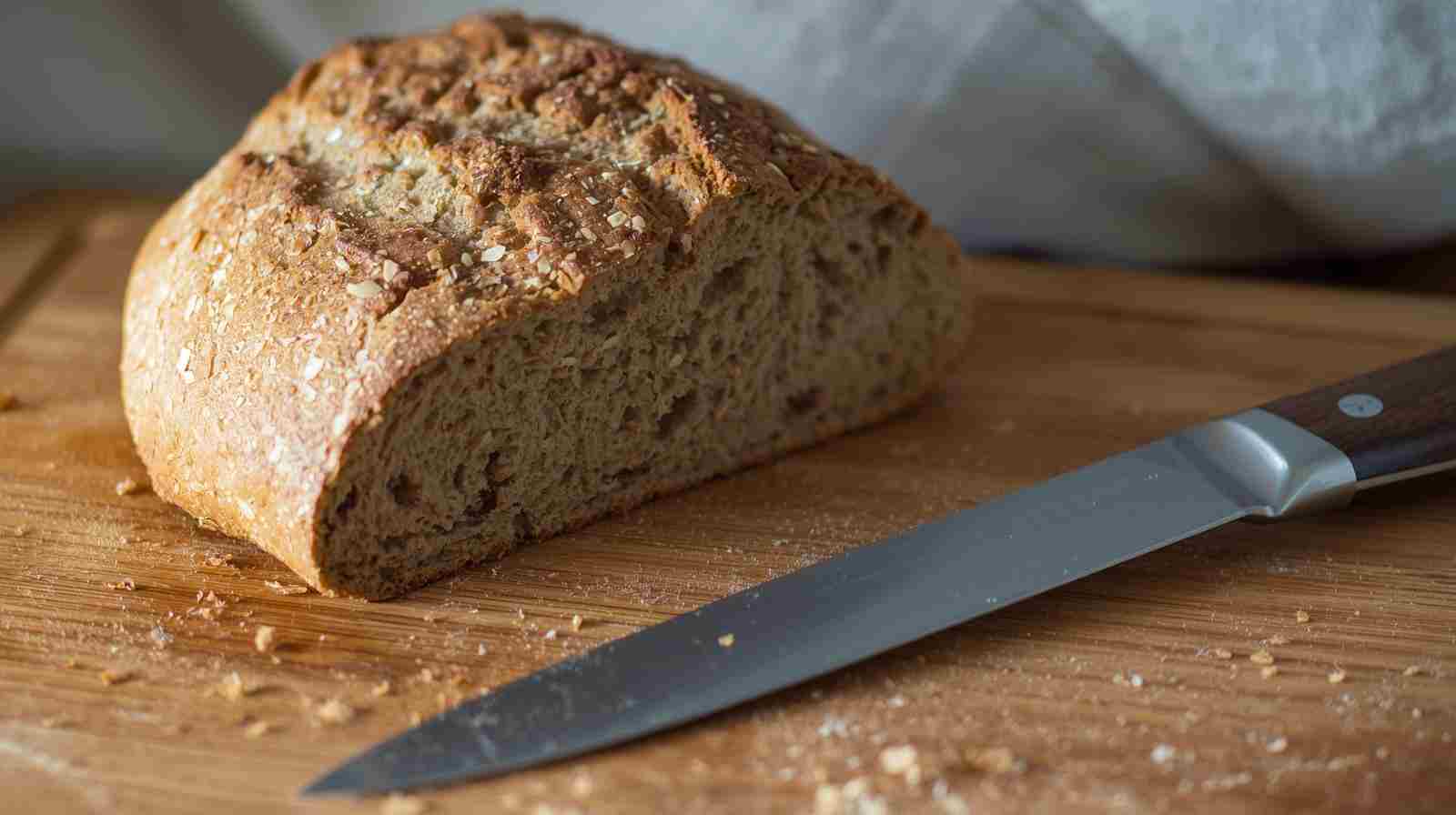
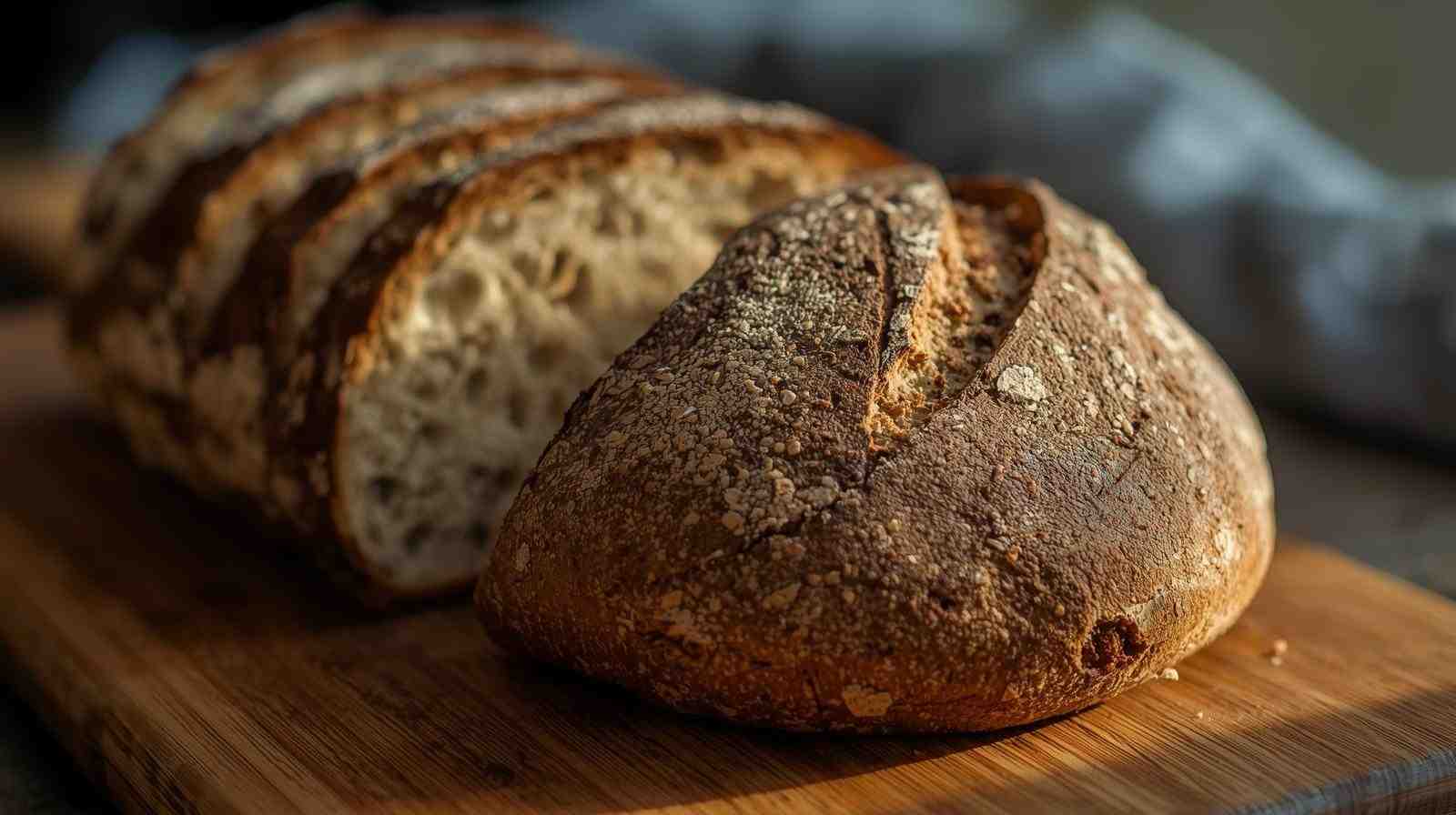

Sorudough Rye dough recipe
Ingredients
Method
- Mix the Dough (5–10 min): In a large bowl, combine bread flour, rye flour, salt, and caraway seeds. Add oil, molasses, starter, and water. Stir until no dry flour remains. Dough will be sticky.
- Rest the Dough (1–2 hours)Cover the bowl and let the dough rest at room temperature. This allows the flour to hydrate and the gluten to begin developing.
- Bulk Fermentation with Folds (20–22 hours):Over the next day, keep the dough covered at room temperature. Every 2–3 hours, with wet hands, gently fold the dough by lifting and folding over itself. Repeat 3–4 times per session.
- Pan and Final Proof (1–2 hours):Lightly grease a loaf pan. Gently place the dough into the pan. Let it proof until slightly puffier. Rye won’t rise as much as wheat dough.
- Bake the Bread (60–70 min):Preheat oven to 220–230°C (425–450°F). Cover the pan with foil (or use a Dutch oven). Bake 20 minutes covered, then uncover and bake 40–50 minutes until crust is dark brown and loaf sounds hollow when tapped.
- Cool and Slice:Remove the bread from the pan and cool on a rack for at least 1 hour before slicing. Cooling helps the crumb set and improves flavor.
Notes
- Use a healthy and active sourdough starter for the best rise and flavor.
- No-knead method: Because of long fermentation, heavy kneading is unnecessary.
- Sticky dough: Since rye flour is naturally sticky, use wet hands to handle it.
- Steam matters: A foil lid or Dutch oven ensures bakery-style results.
- Flavor boost: Caraway seeds and molasses create a traditional deli-style taste.
- Beginner-friendly: With minimal steps and flexible timing, this recipe is perfect for newcomers.
FOQ about the sourdough dark Rye bread recipe
Lorem ipsum dolor sit amet, consectetur adipiscing elit. Ut elit tellus, luctus nec ullamcorper mattis, pulvinar dapibus leo.

